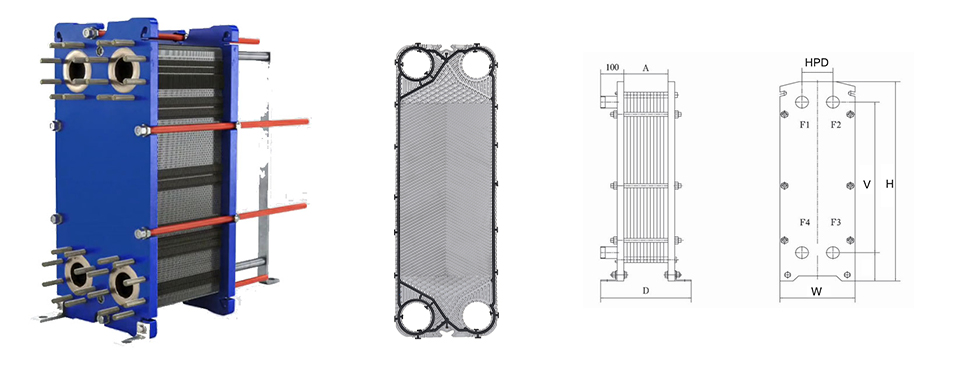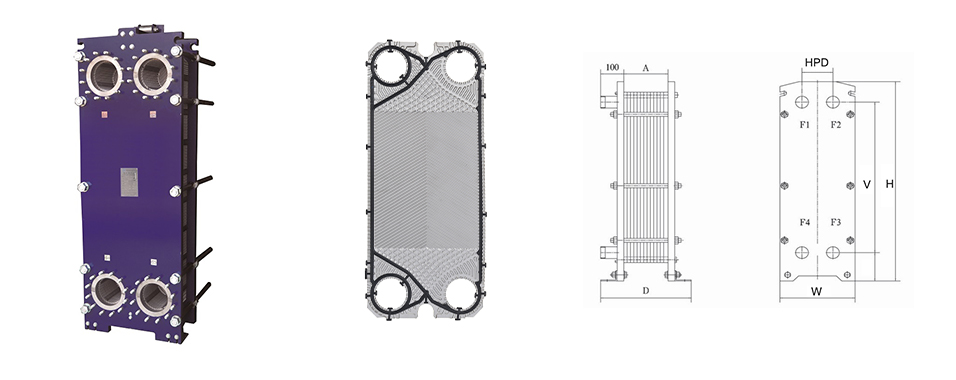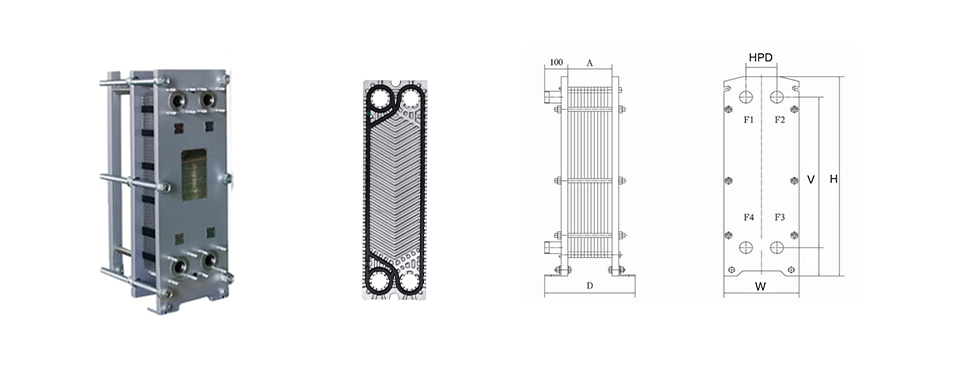The main cause of heat exchanger fouling
The heat exchanger is a compact and efficient heat exchange equipment, which is an excellent equipment for heating, cooling, heat recovery, rapid sterilization and other purposes. However, due to long-term operation, the difference in the purity of the cooling or heating side and the difference in the nature of the process medium have caused fouling to become inevitable, resulting in a reduction in thermal efficiency, thereby affecting the normal production and equipment safety. Therefore, it should be cleaned regularly to remove dirt to ensure efficient heat exchange and normal production of the heat exchanger. Next, I will tell you the main reasons for scaling.
(1) Because commonly used heat exchangers, heat exchangers are mostly heat exchange systems with water as the heat carrier. Some salts will precipitate from the water when the temperature rises and the concentration is high, and adhere to the surface of the heat exchange tube to form Scale, as the use time and frequency increase, the scale layer gradually thickens and hardens, and it adheres tightly to the surface of the heat exchange tube;
(2) Just like scale, the fluid on the other side of the heat exchanger may have non-scale solid precipitates due to the nature of the material itself, and it will accumulate more and more on the heat exchange tube surface if it is not treated for a long time;
(3) When the fluid contains more mechanical impurities and organic matter and the flow rate of the fluid is low, some mechanical impurities or organic matter will also be deposited in the heat exchanger, forming loose, porous or colloidal dirt.
The heat exchanger fouls, which reduces the heat exchange efficiency, thus affecting the normal production and the safety of the equipment. Therefore, it should be cleaned regularly to remove dirt to ensure efficient heat exchange and normal production.
(1) Because commonly used heat exchangers, heat exchangers are mostly heat exchange systems with water as the heat carrier. Some salts will precipitate from the water when the temperature rises and the concentration is high, and adhere to the surface of the heat exchange tube to form Scale, as the use time and frequency increase, the scale layer gradually thickens and hardens, and it adheres tightly to the surface of the heat exchange tube;
(2) Just like scale, the fluid on the other side of the heat exchanger may have non-scale solid precipitates due to the nature of the material itself, and it will accumulate more and more on the heat exchange tube surface if it is not treated for a long time;
(3) When the fluid contains more mechanical impurities and organic matter and the flow rate of the fluid is low, some mechanical impurities or organic matter will also be deposited in the heat exchanger, forming loose, porous or colloidal dirt.
The heat exchanger fouls, which reduces the heat exchange efficiency, thus affecting the normal production and the safety of the equipment. Therefore, it should be cleaned regularly to remove dirt to ensure efficient heat exchange and normal production.








